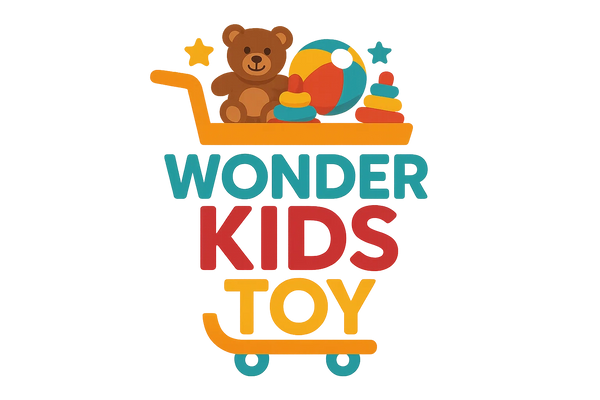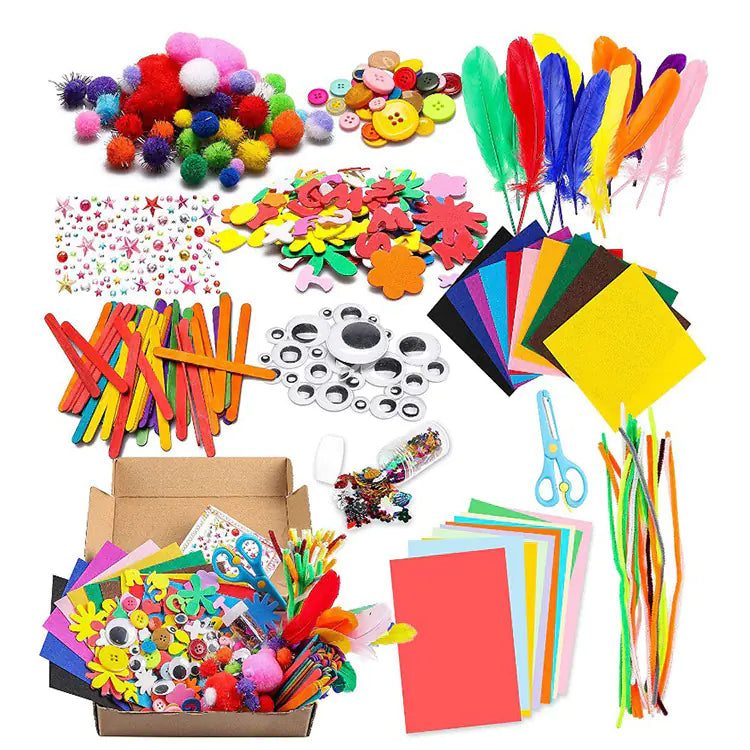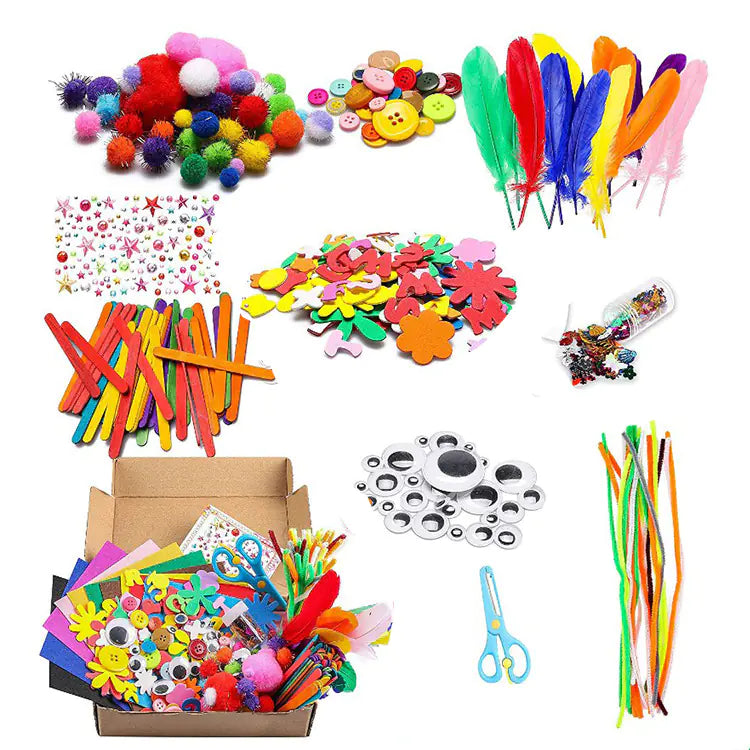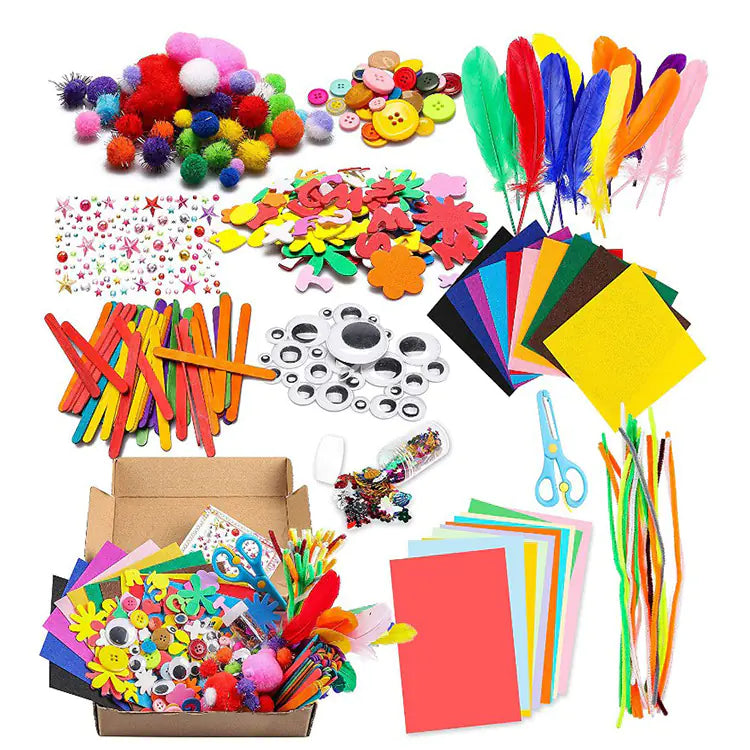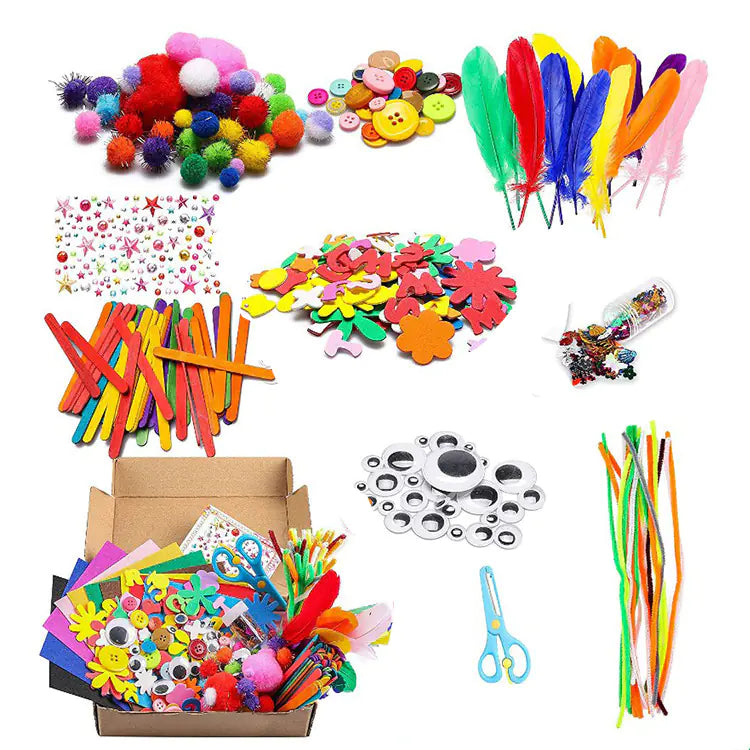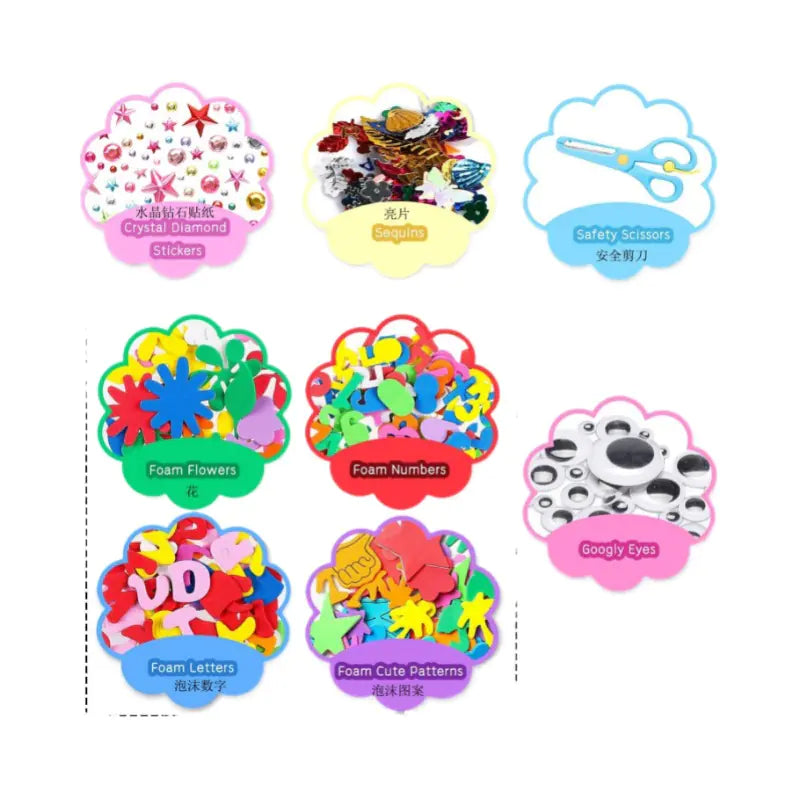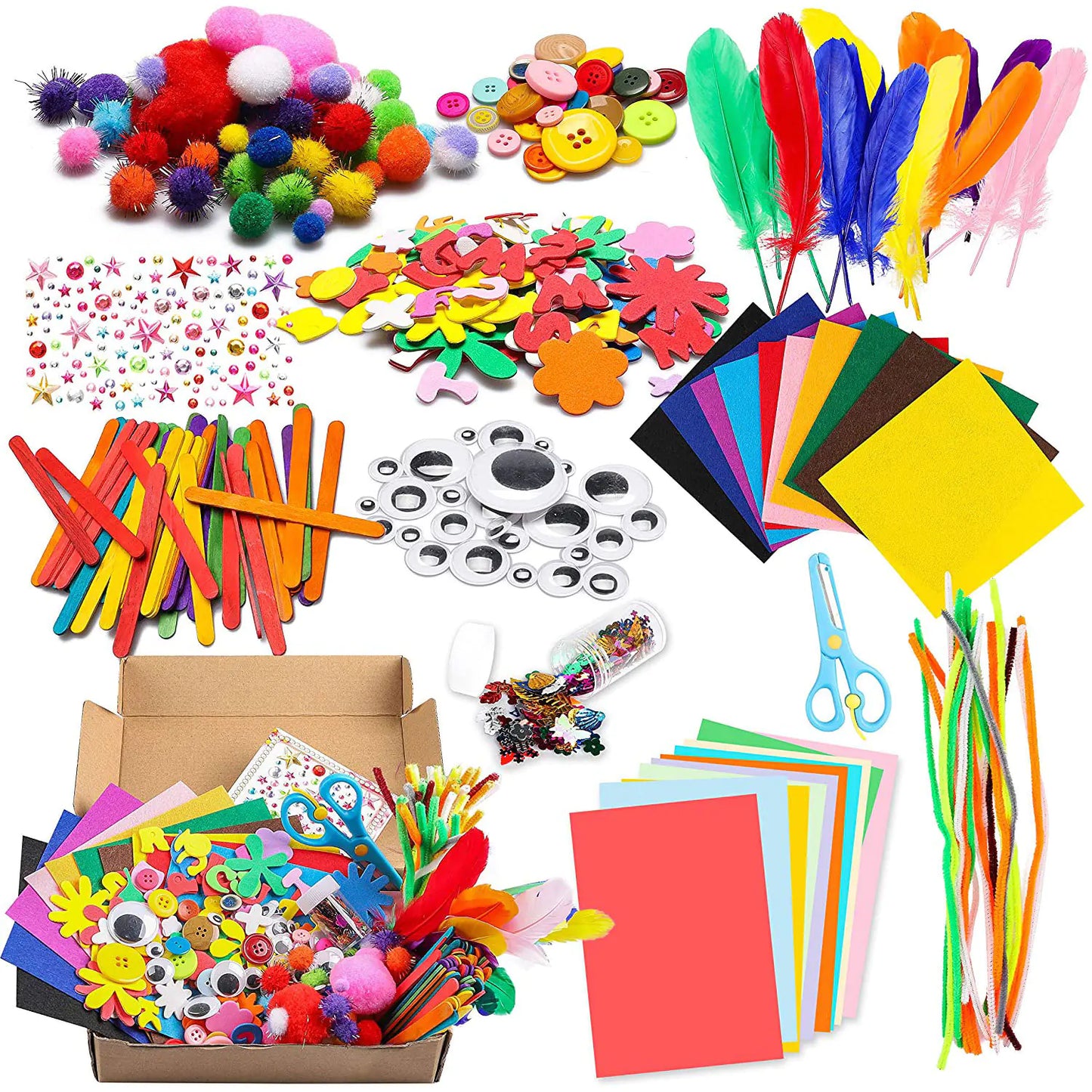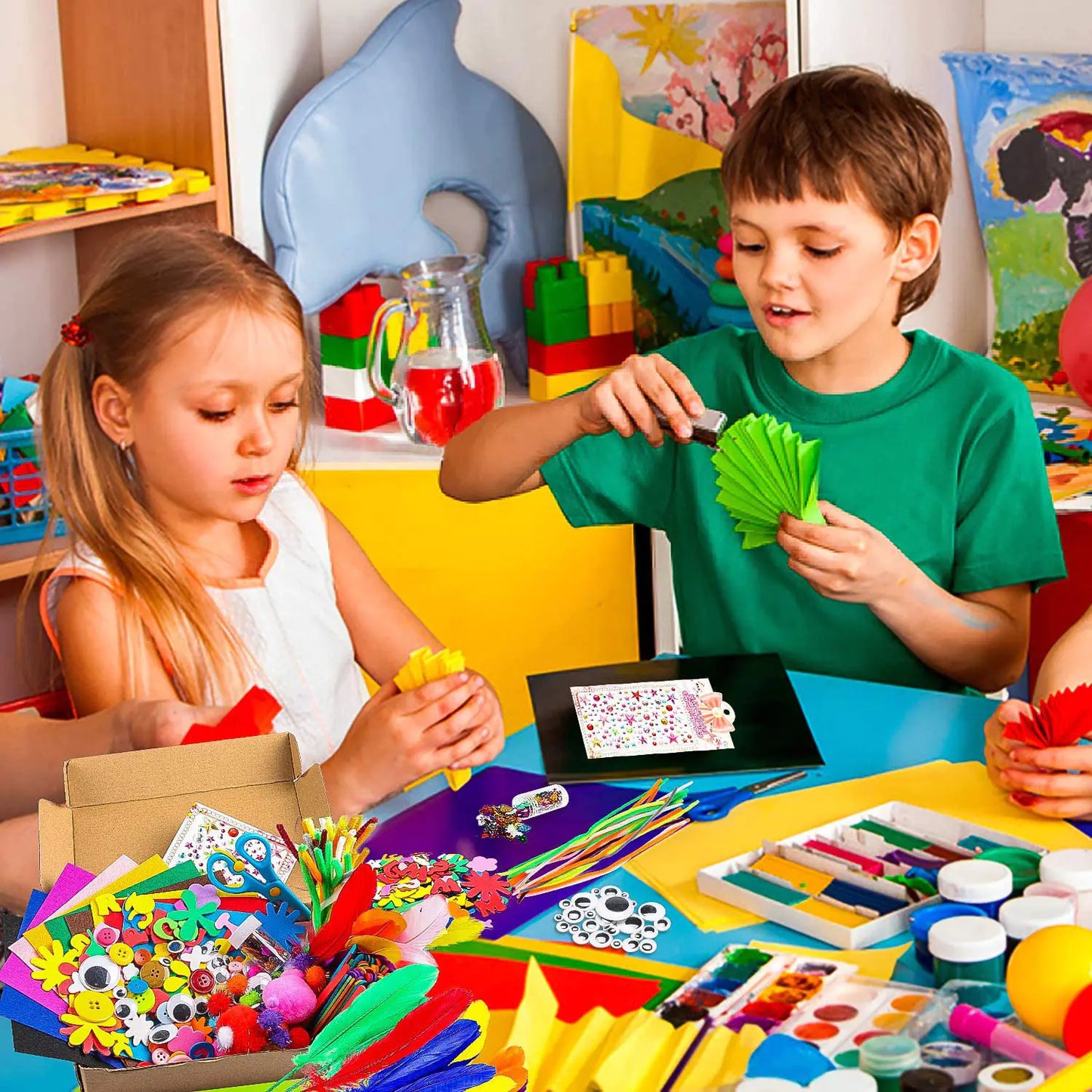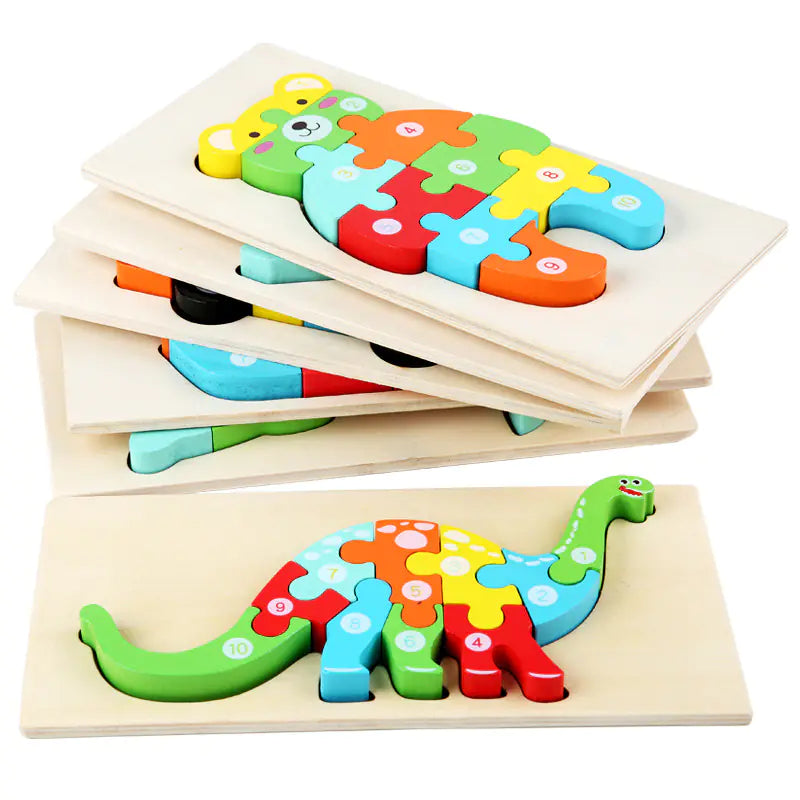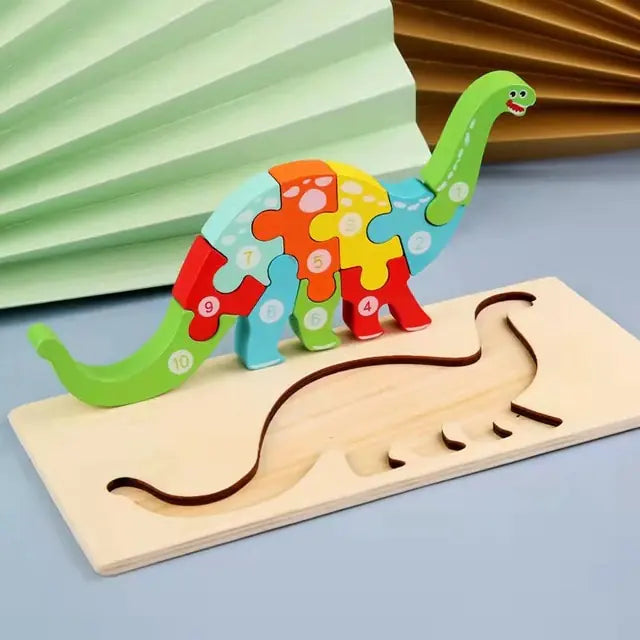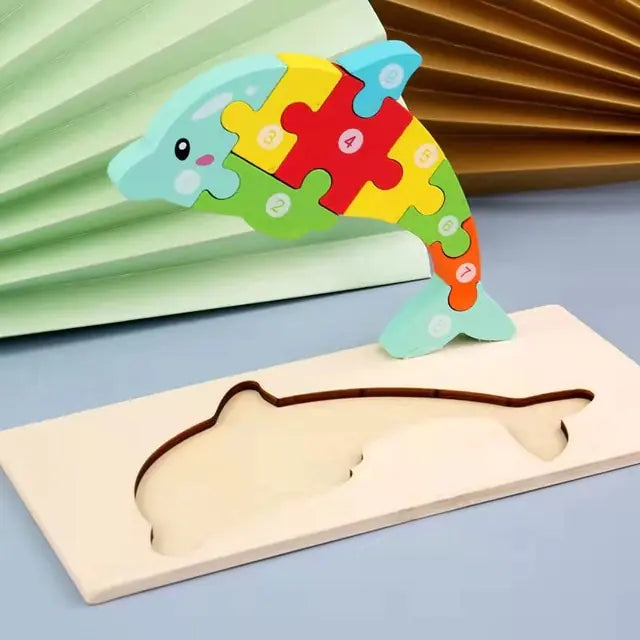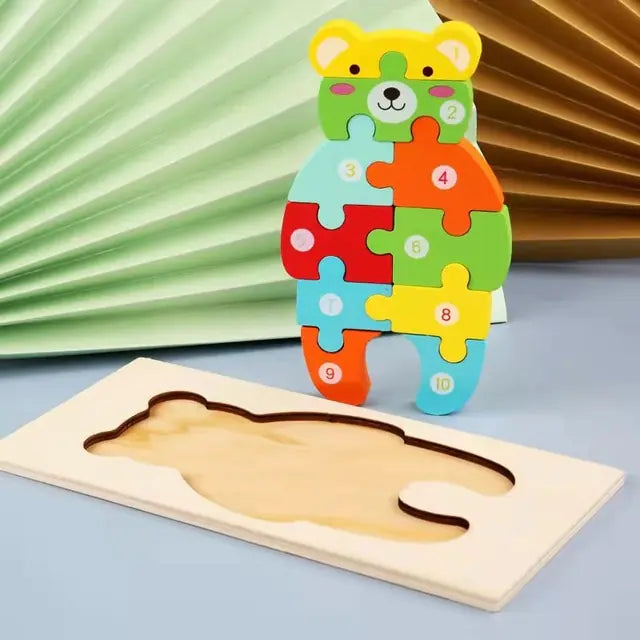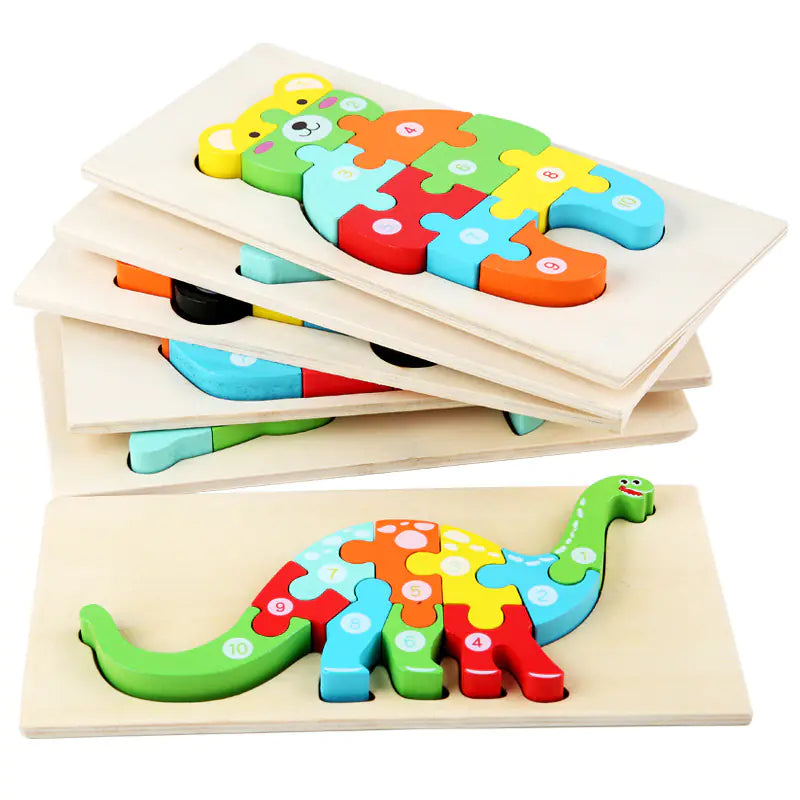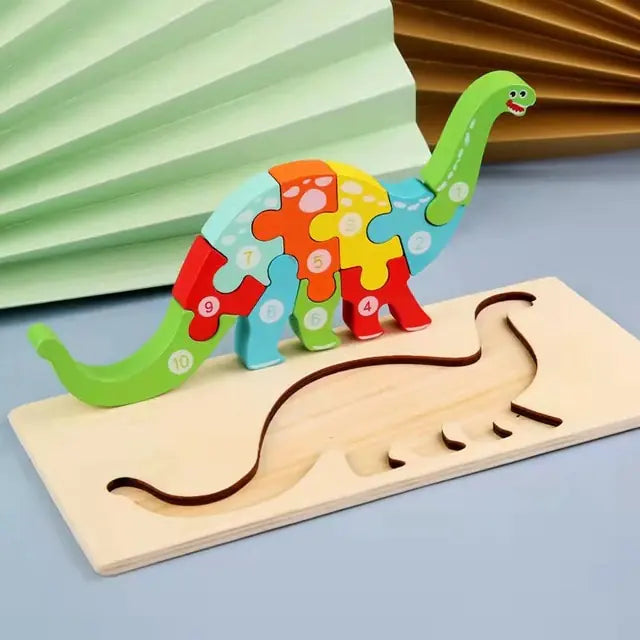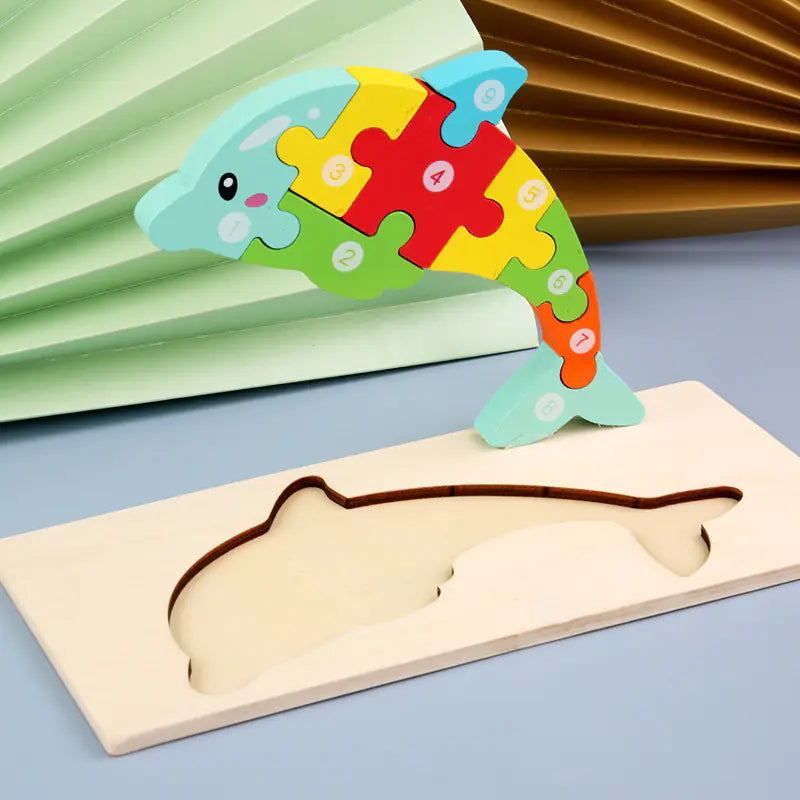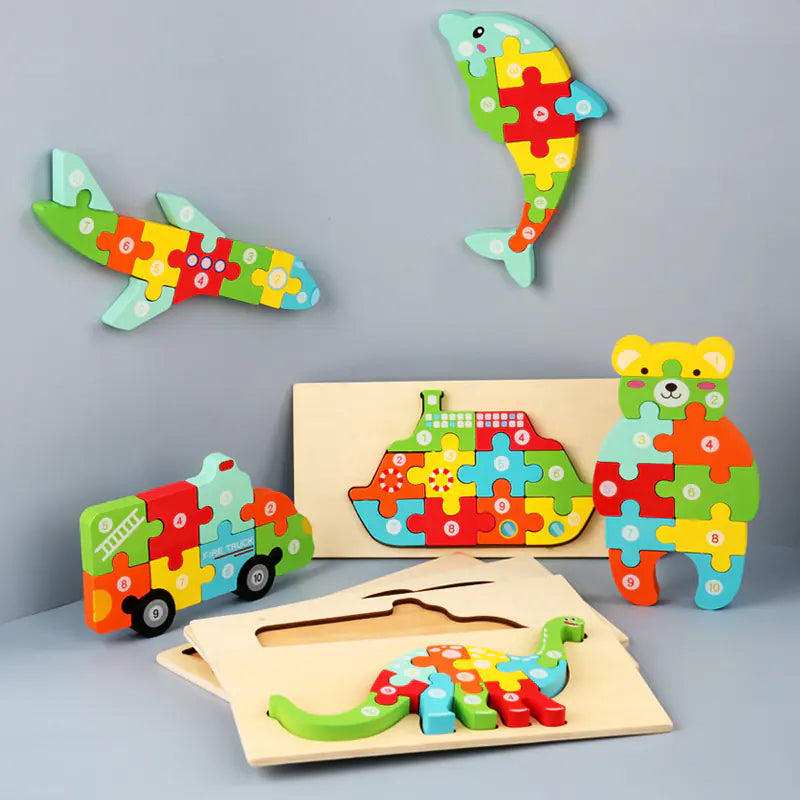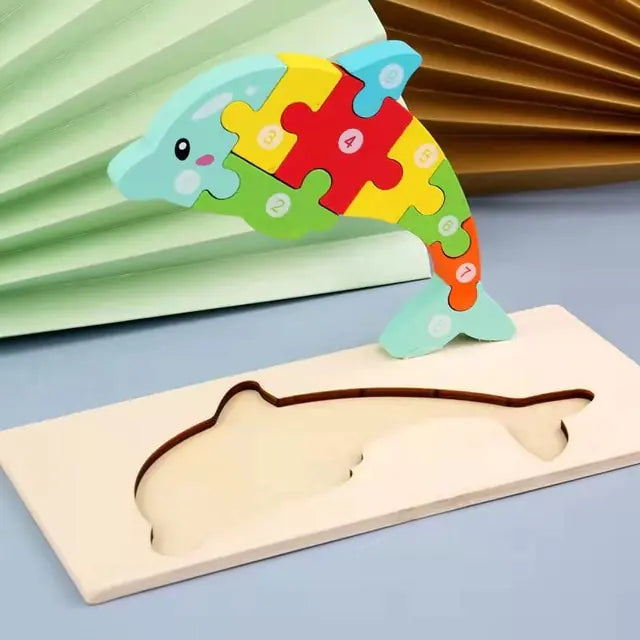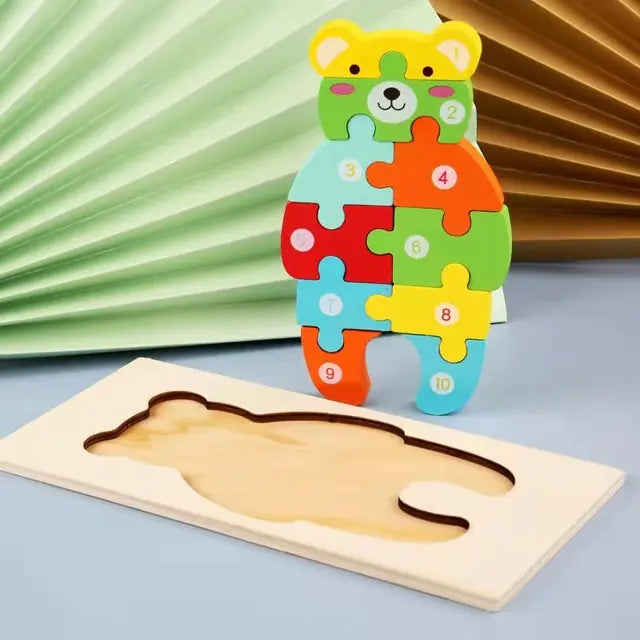In today's digital age, language learning apps have become an invaluable tool for parents looking to introduce their children to new languages. These apps offer a convenient, engaging, and effective way to foster early language skills, making language learning accessible for kids of all ages. This guide aims to help parents navigate the myriad of options available and choose the best app tailored to their child's needs.
Key Takeaways
- Language learning apps can make learning new languages fun and engaging for children.
- Early exposure to multiple languages can have cognitive and social benefits for kids.
- Parents should look for apps with interactive games, parental controls, and progress tracking.
- Combining app-based learning with real-life practice can enhance language acquisition.
- It's essential to monitor screen time and choose apps that respect privacy and safety standards.
Why Choose Language Learning Apps for Children?

Benefits of Early Language Learning
Starting language learning at a young age can be incredibly beneficial for children. Kids are like sponges, absorbing new information quickly and easily. Early exposure to a second language can improve cognitive skills, enhance problem-solving abilities, and even boost creativity. Plus, it sets a strong foundation for future language learning.
Convenience for Busy Parents
Let's face it, as parents, we're all juggling a million things at once. Language learning apps offer a convenient solution for busy families. These apps can be used anytime, anywhere, making it easy to fit language learning into your child's daily routine. Whether you're at home, in the car, or waiting at the doctor's office, your child can be learning a new language.
Engaging and Fun for Kids
One of the biggest advantages of language learning apps is that they make learning fun. These apps are designed with kids in mind, featuring interactive games, colorful graphics, and engaging activities that keep children entertained while they learn. When learning feels like play, kids are more likely to stick with it and make real progress.
Language learning apps are a fantastic tool for parents who want to give their children a head start in today's globalized world. They combine education and entertainment in a way that's both effective and enjoyable for kids.
Top Features to Look for in Language Learning Apps

Interactive Games and Activities
When it comes to keeping kids engaged, interactive games and activities are a must-have feature in any language learning app. These elements make learning feel like play, which is crucial for maintaining a child's interest and motivation. Look for apps that offer a variety of games, quizzes, and challenges to keep things fresh and exciting.
Parental Controls and Progress Tracking
As a parent, you want to ensure your child is not only safe but also making progress. That's where parental controls and progress tracking come in. These features allow you to monitor your child's activity, set usage limits, and track their learning milestones. It's a great way to stay involved and support your child's language learning journey.
Multi-Language Support
If you're looking to expose your child to multiple languages, multi-language support is essential. Some apps offer lessons in several languages, allowing your child to switch between them easily. This feature is particularly useful if you're a bilingual family or if you want to give your child a head start in more than one language.
Choosing the right language learning app can make a world of difference in your child's educational journey. Make sure to explore all the features and find the one that best suits your family's needs.
Best Language Learning Apps for Toddlers

Simple and Intuitive Interfaces
When it comes to toddlers, simplicity is key. The best language learning apps for this age group feature simple and intuitive interfaces that even the youngest users can navigate. Apps like Gus on the Go and Little Pim are designed with large buttons and clear visuals, making it easy for toddlers to engage without getting frustrated.
Short and Engaging Lessons
Toddlers have short attention spans, so it's crucial that lessons are brief yet captivating. Apps such as Duolingo Kids and Study Cat offer short and engaging lessons that keep little ones interested. These apps harness the power of play to make learning fun and effective.
Parental Involvement Tips
Parental involvement can significantly enhance the learning experience. Many apps provide tips and resources for parents to help them get involved in their child's language learning journey. This not only supports the child's progress but also makes the learning process a bonding experience for both parent and child.
Remember, the goal is to make language learning a fun and enjoyable experience for your toddler. Choose apps that are engaging and easy to use, and don't forget to participate in the learning process whenever you can.
Language Learning Apps for Preschoolers

Building Vocabulary Through Play
One of the best ways to help preschoolers build their vocabulary is through play. Language learning apps often incorporate interactive games that make learning new words fun and engaging. Kids are more likely to remember words when they learn them in a playful context. These apps use colorful graphics, fun characters, and simple tasks to keep children entertained while they learn.
Story-Based Learning
Story-based learning is another effective method for teaching preschoolers a new language. Many apps feature short stories that are designed to capture a child's imagination while introducing new vocabulary and sentence structures. This method not only helps in language acquisition but also fosters a love for reading.
Incorporating Songs and Music
Music is a powerful tool for language learning. Apps that incorporate songs and music can be particularly effective for preschoolers. The rhythm and melody of songs make it easier for kids to remember new words and phrases. Plus, singing along to songs can improve pronunciation and listening skills.
When choosing a language learning app for your preschooler, look for features that make learning fun and engaging. The more your child enjoys the process, the more likely they are to stick with it and make progress.
Apps for Elementary School Kids

When it comes to elementary school kids, language learning apps can be a game-changer. These apps often include grammar and sentence structure lessons that are both interactive and educational. Kids can learn the basics of grammar through fun exercises and quizzes, making the learning process enjoyable and effective.
One of the coolest features of language learning apps for this age group is the inclusion of cultural insights and fun facts. These apps don't just teach the language; they also provide context about the culture where the language is spoken. This can be incredibly engaging for kids and can spark a lifelong interest in different cultures.
Many apps offer peer interaction features, allowing kids to practice their new language skills with other learners. This social aspect can be incredibly motivating and helps children to use the language in real-life scenarios. Some apps even have games and challenges that kids can complete with their friends, making learning a social and fun activity.
Incorporating language learning apps into your child's routine can make a significant difference in their language acquisition journey. The combination of structured lessons, cultural insights, and social interaction makes these apps a comprehensive tool for language learning.
How to Integrate Language Learning Apps into Daily Routine

Integrating language learning apps into your child's daily routine can be a game-changer. Here's how you can make it work seamlessly:
Setting a Consistent Schedule
Consistency is key. Try to set aside a specific time each day for your child to use the app. Whether it's during breakfast, after school, or before bed, having a routine helps. The 15-minute language lessons are easy to work into your day and can make a big difference over time.
Combining Apps with Real-Life Practice
Don't just rely on the app. Encourage your child to use new words and phrases in real-life situations. For example, if they're learning Spanish, you could ask them to name fruits in Spanish while grocery shopping. This boosts their learning and makes it more practical.
Encouraging Sibling Participation
If you have more than one child, get them involved together. They can practice with each other, making the learning process more interactive and fun. Plus, a little friendly competition never hurt anyone!
Mixing and matching these apps will make a great schedule for your kid's language growth. Download and let your kid try for himself. What're you waiting for?
Free vs. Paid Language Learning Apps

Pros and Cons of Free Apps
Free language learning apps can be a great starting point for kids. They often provide basic features and a limited selection of languages. However, they may lack the depth and comprehensive content found in paid versions. One major downside is the presence of ads, which can be distracting for young learners.
Value of Premium Features
Paid apps usually offer a richer experience with more interactive content, advanced progress tracking, and ad-free environments. These features can make a significant difference in your child's learning journey. For instance, apps like Dinolingo offer unlimited access to their content for a fixed monthly fee, providing a more structured and engaging learning experience.
Trial Periods and Money-Back Guarantees
Many paid apps offer free trial periods, allowing you to test the waters before committing. This is a great way to assess whether the app meets your child's needs. Some apps even come with money-back guarantees, giving you peace of mind if the app doesn't work out.
Balancing affordability and quality is key when choosing a language learning app. Don't compromise on educational value just to save a few bucks.
Success Stories: Kids Who Mastered Languages with Apps

I've come across numerous stories of kids who have successfully learned new languages using apps. One standout is a 7-year-old named Emma, who became fluent in Spanish within a year using Duolingo Kids. Her parents were amazed at how quickly she picked up the language and how much fun she had along the way.
Parents who've seen success with language learning apps often share some common strategies:
- Consistency is key: Setting aside a specific time each day for language practice can make a huge difference.
- Engage with the content: Parents who participate in the learning process with their kids often see better results.
- Use multiple apps: Sometimes, combining different apps can provide a more well-rounded learning experience.
While language learning apps are fantastic tools, they do come with their own set of challenges. One common issue is keeping kids motivated over the long term. To tackle this, try setting small, achievable goals and celebrating each milestone. Another challenge is finding the right app that matches your child's learning style. Don't hesitate to try out a few different ones before settling on the best fit.
Remember, the journey of learning a new language is a marathon, not a sprint. Celebrate the small victories and keep the experience fun and engaging for your child.
Safety and Privacy Concerns with Language Learning Apps

Understanding App Permissions
When it comes to language learning apps for kids, understanding app permissions is crucial. Many apps request access to your device's microphone, camera, and location. While these features can enhance the learning experience, they also pose privacy risks. Always review the permissions an app requests and consider whether they are necessary for its functionality.
Choosing Ad-Free Options
Ads can be distracting and sometimes inappropriate for children. Opting for ad-free versions of language learning apps can provide a safer and more focused learning environment. Many apps offer premium versions that are ad-free, which can be worth the investment for peace of mind.
Monitoring Screen Time
It's easy for kids to get engrossed in interactive apps, but too much screen time can be harmful. Set limits on how long your child can use language learning apps each day. Use built-in parental controls to monitor and manage their usage. This ensures they benefit from the app without overdoing it.
Balancing screen time with other activities, like playing with a puzzle, can help maintain a healthy routine.
How to Choose the Right App for Your Child

Assessing Your Child's Learning Style
Every child is unique, and understanding your child's learning style is crucial in selecting the right language learning app. Some kids thrive on visual aids, while others might prefer interactive games or auditory lessons. Identifying what engages your child the most can make a significant difference in their learning experience.
Reading Reviews and Ratings
Before committing to an app, take some time to read reviews and ratings from other parents. This can provide valuable insights into the app's effectiveness, user-friendliness, and any potential issues. Look for apps with consistently high ratings and positive feedback.
Trying Multiple Apps Before Committing
Don't be afraid to try out several apps before making a final decision. Many language learning apps offer free trials or basic versions, allowing you to test their features and see which one resonates best with your child. This trial period can help you avoid investing in an app that doesn't meet your expectations.
Remember, the goal is to find an app that not only educates but also entertains and engages your child. Happy learning!
The Future of Language Learning Apps for Children

The future of language learning apps for children is incredibly exciting, thanks to emerging technologies. Artificial Intelligence (AI) and machine learning are set to revolutionize how these apps adapt to each child's unique learning style. Imagine an app that can adjust its difficulty level in real-time based on your child's performance—pretty cool, right?
One of the biggest trends we're seeing is the integration of augmented reality (AR) and virtual reality (VR) into language learning apps. These technologies make learning more immersive and engaging. For example, kids can take a virtual trip to a foreign country and practice their language skills in a simulated environment. This not only makes learning fun but also incredibly effective.
Looking ahead, I predict that language learning apps will become even more personalized and interactive. We'll likely see more apps that offer peer interaction and social learning features, allowing kids to practice languages with friends or even native speakers from around the world. The future is bright, and the possibilities are endless!
The advancements in technology are making it easier and more fun for our kids to learn new languages. It's an exciting time to be a parent looking for educational tools!
The future of language learning apps for children is incredibly promising, with innovative features that make learning fun and engaging. To explore the latest advancements and find the perfect app for your child, visit our website today!
Conclusion
In the end, choosing the right language learning app for your child can make a world of difference in their educational journey. With so many options out there, it's all about finding the one that fits your child's unique needs and interests. Whether it's through fun games, interactive lessons, or engaging stories, these apps can turn language learning into an enjoyable adventure. So, take your time, explore the options, and watch your child embark on a new linguistic journey with excitement and confidence. Happy learning!
Frequently Asked Questions
What age is appropriate to start using language learning apps?
Children as young as toddlers can benefit from language learning apps, but it's important to choose age-appropriate content.
Are language learning apps effective for children?
Yes, many parents and educators find them effective, especially when combined with real-life practice and parental involvement.
How much time should my child spend on a language learning app daily?
It's recommended to limit screen time to 20-30 minutes per session, depending on the child's age and attention span.
Do free language learning apps offer the same benefits as paid ones?
Free apps can be beneficial, but paid apps often offer more comprehensive features, such as progress tracking and ad-free experiences.
Can language learning apps replace traditional language classes?
While they are a great supplement, they should not completely replace traditional learning methods, especially for older children.
What features should I look for in a language learning app for my child?
Look for interactive games, progress tracking, multi-language support, and strong security features like parental controls.
How can I ensure my child's safety while using language learning apps?
Choose apps with robust privacy policies, ad-free options, and monitor your child's screen time and app usage.
Is it necessary for parents to be involved in their child's language learning through apps?
Parental involvement can significantly enhance the learning experience by providing encouragement and additional practice.
